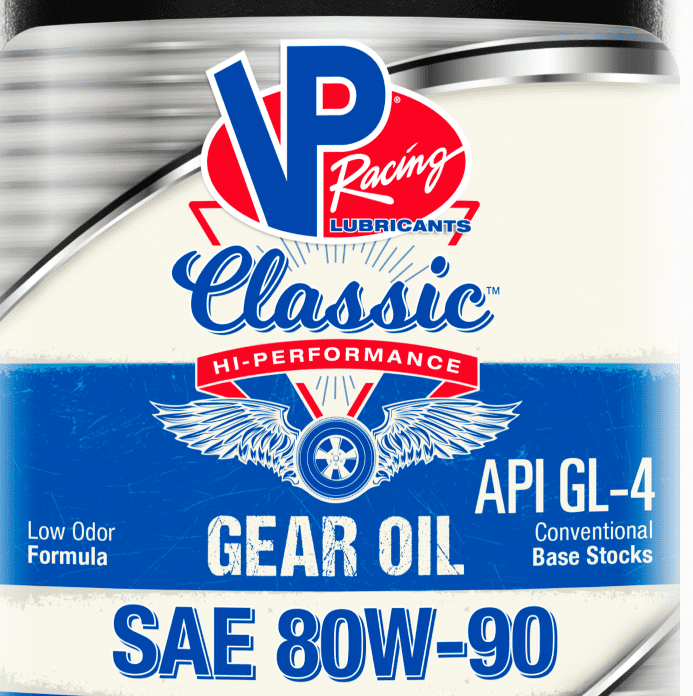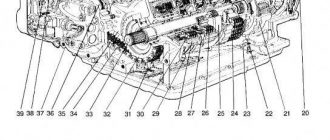Classic Car Transmission Oil: A Comprehensive Guide
Understanding Transmission Oil
Transmission oil, also known as gear oil, is a vital fluid that lubricates the moving parts of a vehicle’s transmission. It helps reduce friction, prevent wear and tear, and cool the transmission.
Types of Classic Car Transmission Oil
Classic cars typically require specific types of transmission oil, depending on the year, make, and model of the vehicle. There are two main categories of transmission oil:
1. Manual Transmission Oil: Designed for transmissions that require a person to manually shift gears. It is typically thicker and contains additives that prevent friction and wear on gears and bearings.
2. Automatic Transmission Oil (ATF): Used in transmissions that automatically shift gears. It is thinner than manual transmission oil and contains additives that help prevent foaming, oxidation, and corrosion.
Choosing the Right Transmission Oil
Selecting the appropriate transmission oil is crucial for the proper functioning and longevity of your classic car’s transmission. Refer to the owner’s manual or consult a mechanic to determine the recommended oil type and viscosity.
Viscosity
Viscosity measures the resistance of a fluid to flow. Higher viscosity oils are thicker and provide better protection against wear and tear. However, they may cause increased drag and fuel consumption. Lower viscosity oils are thinner and allow for easier gear shifting and improved fuel economy.
Additives
Transmission oils contain various additives that enhance their performance and protect the transmission. These additives may include:
* Anti-wear agents: Reduce friction and wear on gears and bearings.
* Antioxidants: Prevent oil oxidation and sludge formation.
* Viscosity modifiers: Improve oil flow at different temperatures.
* Corrosion inhibitors: Protect metal components from corrosion.
Changing Transmission Oil
Regular transmission oil changes are essential to maintain optimal performance and prevent costly repairs. The frequency of oil changes may vary depending on the type of transmission, driving conditions, and mileage. Consult your owner’s manual or mechanic for the recommended change interval.
Procedure for Changing Transmission Oil
1. Gather materials: New transmission oil, drain pan, transmission filter (if applicable), and tools (wrench, funnel, rags).
2. Safety first: Park the car on a level surface, engage the parking brake, and allow the engine to cool down.
3. Locate the transmission oil drain plug: It is typically located on the bottom of the transmission pan or case.
4. Drain the old oil: Place the drain pan under the drain plug and carefully remove the plug. Allow the oil to drain completely.
5. Replace the drain plug: Once the oil has drained, clean the drain plug and reinstall it. Tighten it securely.
6. Remove the transmission filter (if applicable): Some transmissions have an accessible filter that should be replaced during oil changes. Locate the filter and unscrew it.
7. Install the new filter: Apply a thin layer of transmission oil to the new filter’s seal and screw it into place.
8. Reinstall the transmission oil drain plug: Tighten the plug to the specified torque.
9. Fill the transmission with oil: Use a funnel to add the recommended amount of new transmission oil to the transmission.
10. Check the oil level: Start the engine and let it idle for a few minutes. Check the oil level on the transmission dipstick. Add more oil if necessary.
11. Reset the transmission shift linkage: Some manual transmissions have a shift linkage that needs to be adjusted after changing the oil. Consult your owner’s manual or a mechanic for instructions.
Common Issues and Troubleshooting
1. Leaking transmission oil: Check for loose drain plugs, cracks in the transmission pan or case, or damaged gaskets.
2. Hard or noisy gear shifting: Replace the transmission oil or check for mechanical issues with the transmission.
3. Overheating transmission: Check the transmission oil level, add oil if necessary, and inspect for any leaks or other issues.
4. Burnt transmission oil smell: Indicates overheating or contaminated oil. Change the oil immediately.
Conclusion
Using the correct classic car transmission oil and performing regular oil changes are critical for ensuring the smooth operation, longevity, and value of your classic vehicle. By following the guidelines provided in this guide, you can maintain a healthy transmission and keep your classic car running in perfect condition for years to come.






